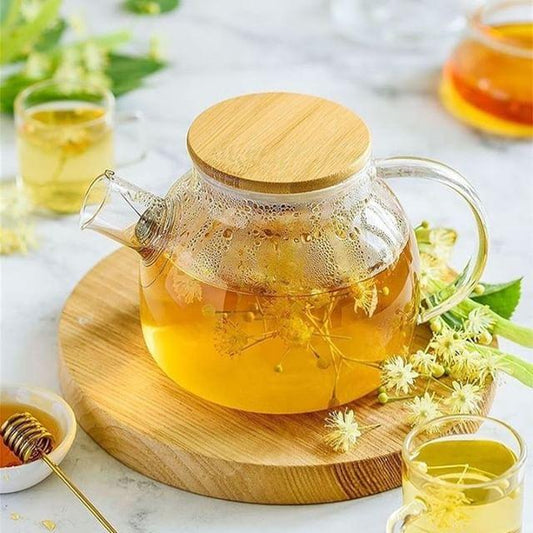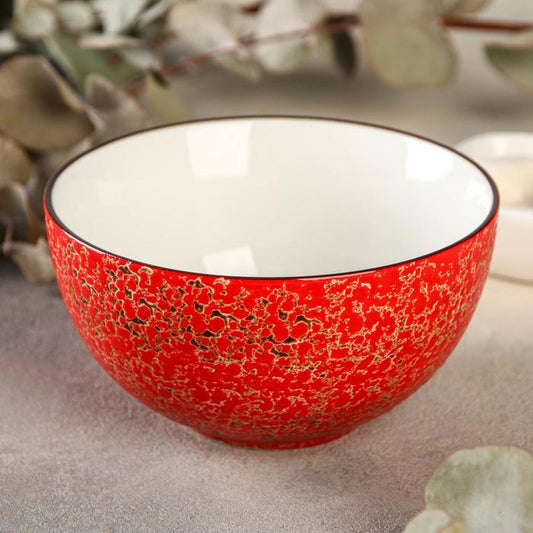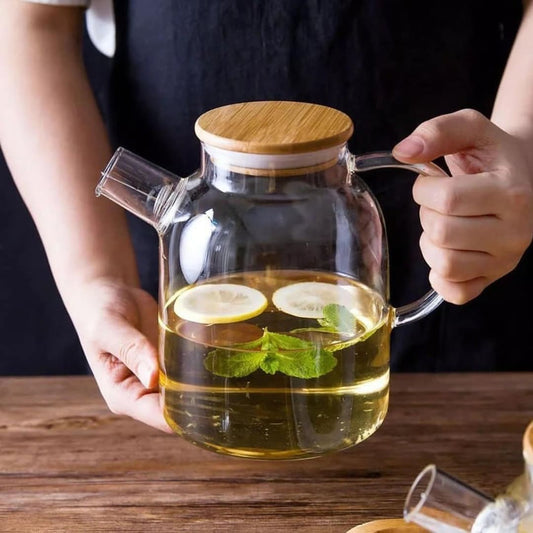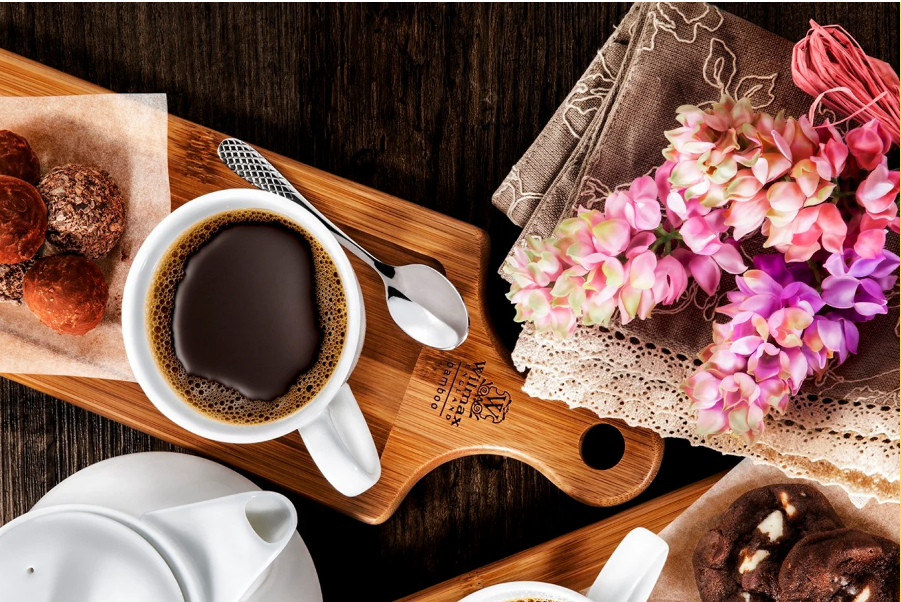Inside a Georgian Supra: Why This Wine Feast Will Blow Your Mind

More than a dinner, the Georgian supra is a cultural ritual, an emotional rollercoaster, and quite possibly the most delicious history lesson you’ll ever attend. It’s where hospitality reaches its purest form, where strangers become friends, and where a table becomes a stage for poetry, laughter, food, and wine that flows without apology.
🍇 The Birthplace of Wine (No, Really)
Let’s start with the wine—because that’s how every supra begins. Georgia isn’t just a country with wine; it’s the origin of wine. Archaeologists have uncovered winemaking vessels here dating back more than 8,000 years. That’s right—while ancient Egypt was still stacking stones into pyramids, Georgians were fermenting grapes in clay vessels called qvevri.
At a supra, wine is more than a beverage—it’s a vessel for emotion, memory, and philosophy. Made in the same ancient style, qvevri wines are unfiltered, earthy, and bold, often served in humble pitchers and clay cups. Don’t expect a wine list. Expect your glass to be always full.
🥂 Meet the Tamada: Master of Toasts
If you think a toast is something you blurt before clinking glasses, think again. At a Georgian supra, toasts are ceremonial events led by the tamada—a sort of philosopher-poet-ringmaster who orchestrates the entire evening. A good tamada can make you laugh, cry, and suddenly feel deeply connected to everyone at the table… even if you don’t speak the same language.
Toasts begin with universal themes: to peace, to love, to guests. But they soon become layers of storytelling, memory, and gratitude. Each toast is a performance—and after each one, you drink. Not sip. Drink.
🍽️ The Never-Ending Spread of Georgian Cuisine
Imagine a feast where no one announces the courses because they never stop coming. That’s a supra. Tables disappear beneath stacks of food, replenished before you can say, “I’m full.” Here’s a taste of what to expect:
- Khachapuri – cheese-filled bread (think pizza boat meets fondue)
- Khinkali – juicy dumplings, held by their doughy topknot, slurped like oysters
- Badrijani Nigvzit – eggplant rolls stuffed with garlicky walnut paste
- Pkhali – colorful mounds of minced veggies, herbs, and nuts
- Lobio – spicy bean stew, best enjoyed with cornbread and pickled veg
And these are just the openers. Meat skewers, braised stews, foraged greens, and wine-marinated anything follow. Dessert? Rarely formal—maybe churchkhela (nut-stuffed grape candies) or fruit preserves paired with yet more toasts.
🌿 It’s Not Just a Meal. It’s a Philosophy.
Supra is rooted in Georgian identity. It’s about honoring guests, celebrating life’s joys, and remembering the departed. Toasts become meditations, and food becomes an extension of hospitality. You don’t leave a supra as the same person who entered—you leave nourished in soul, not just stomach.
💡 Want to Host Your Own Mini Supra?
Yes, you can. Try this:
- Invite a group of 6–10 people. No phones. No clocks.
- Serve many small plates—ideally shared, warm, and rustic.
- Nominate a tamada. Encourage real, meaningful toasts.
- Play Georgian folk music or polyphonic singing in the background.
- End with a toast to life. Because that's what it’s really about.
Final Thoughts
The Georgian supra isn’t a party trick or a theme night. It’s a living ritual, handed down through generations. In a world racing toward efficiency, the supra reminds us to slow down, raise a glass, share a table, and feel. It’s not just a feast. It’s a feast of humanity.
Share:





